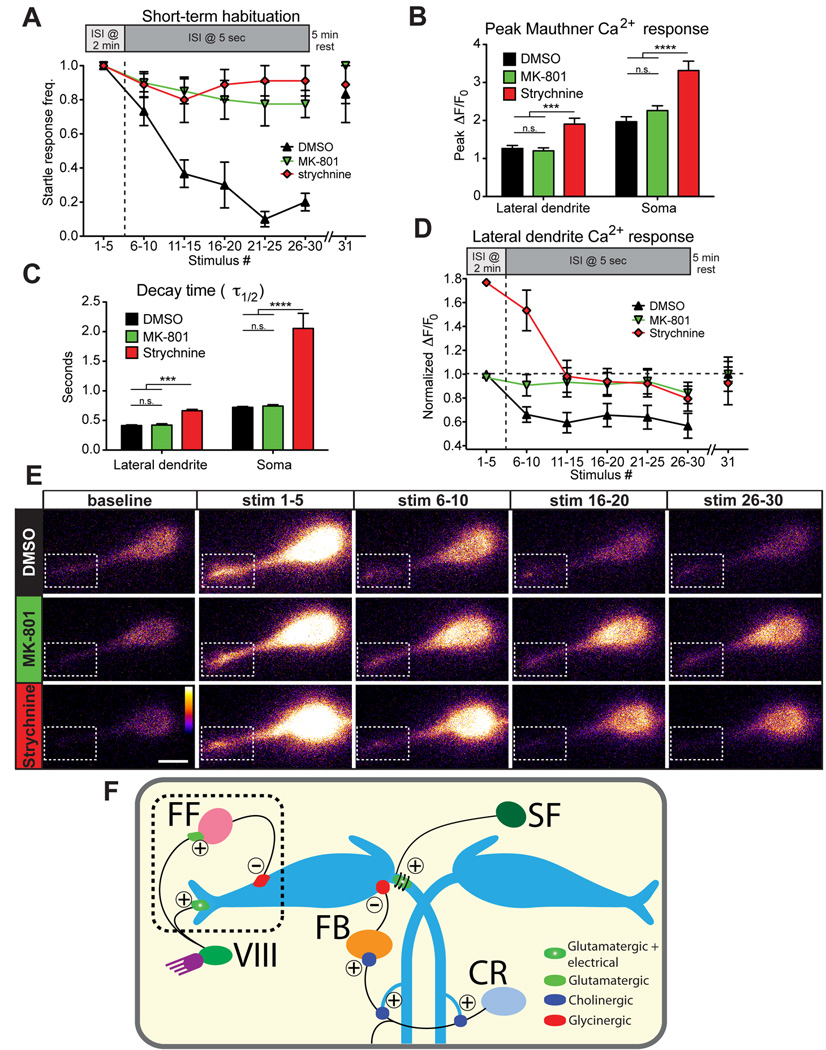Figure 4. PSP depression drives short-term startle habituation.

(A) 500 µM MK-801 (n=8) and 100 µM strychnine (n=9) strongly reduce short-term habituation of the startle response compared to DMSO-treated controls (n=8). A 5 min rest period allows complete recovery to the 31st stimulus. (B) Peak ΔF/F0 levels in M-cell lateral dendrite and soma are unaffected by MK-801 but are increased by strychnine (***p<0.001, ****p<0.0001, t-test). (C) Ca2+ signal decay kinetics are unaltered by MK-801 but are increased by strychnine (***p<0.001, ****p<0.0001, t-test). (D) Normalized M-cell lateral dendrite Ca2+ responses are decreased ~35% in DMSO-treated fish during habituation while MK-801 treatment prevented this decrease (****p<0.0001, 2-way ANOVA). Responses in strychnine-treated larvae decreased from a higher baseline but remained elevated compared DMSO-treated larvae (****p<0.0001, 2-way ANOVA). (E) Representative images for each block of 5 stimuli show PSP depression in DMSO compared to MK-801-and strychnine-treated fish. (Dashed box highlights lateral dendrite; scale bar 10 µm). (F) Diagram of the M-cell circuit including known regulatory inputs. Startle habituation arises from an NMDA- and glycine-receptor dependent mechanism that likely results in enhanced transmission from feedforward (FF) inhibitory neurons to the M-cell and may involve depression of acoustic nerve (VIII) inputs to the M-cell. Inputs from downstream spiral fiber (SF), cranial relay (CR), and feedback inhibitory (FB) neurons are most likely not involved in startle habituation. Excitatory (+) and inhibitory (−) connections are labeled.
